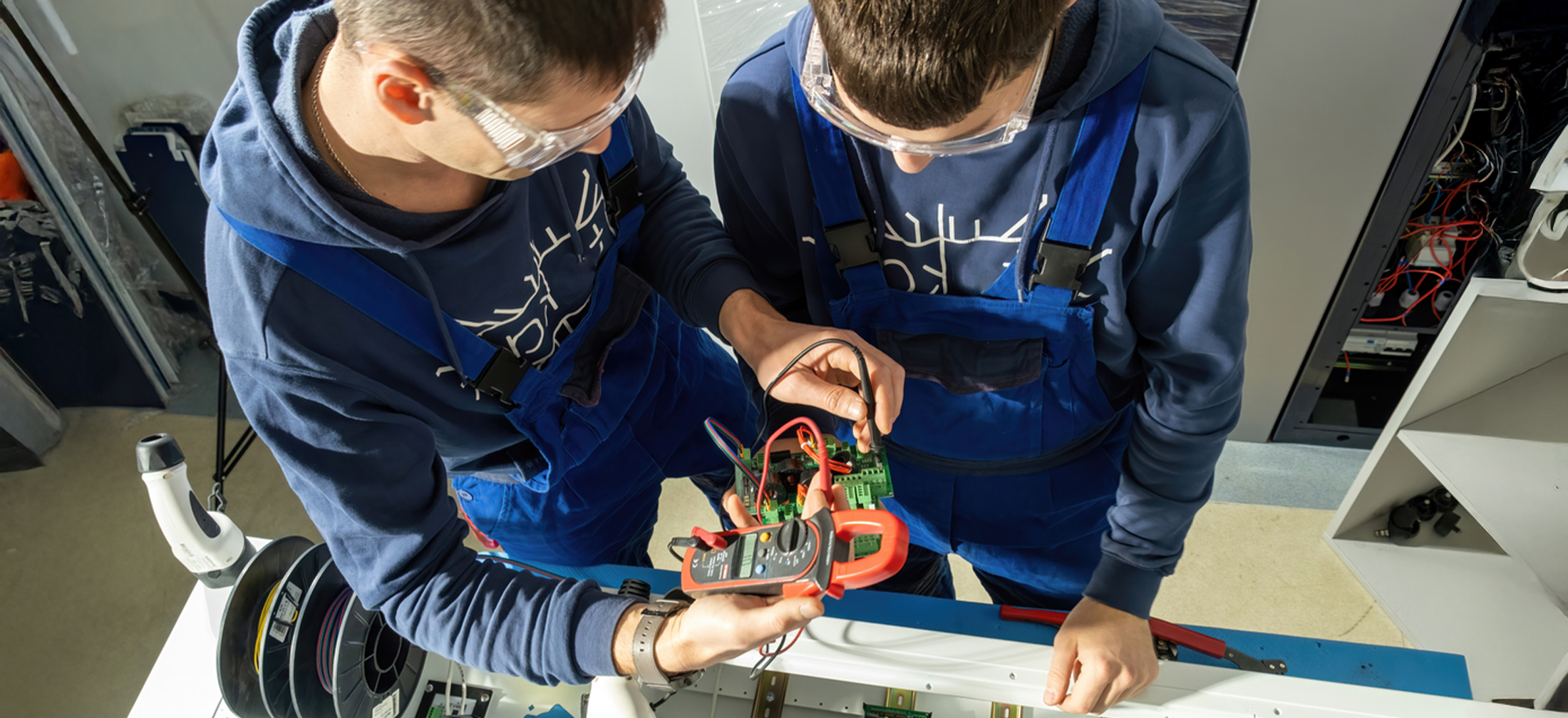
Anyone who’s ever led a classroom will tell you that no two students learn the same way. Everyone processes information in a unique manner and at their own pace. Figuring out how to best reach a given learner and putting them in the best possible position to become the best student they can be is what being a good educator is all about.
In this same vein, education researchers strive to attain the most relevant data to help policymakers, state/local education agencies, school board leaders, etc. be in the best possible position to make decisions that improve learning conditions for large groups of students.
Having access to quality educational research data is like following GPS-guided directions towards your destination–you’ve got a list of suggested routes at your fingertips and you can combine that information with your own knowledge to forge the easiest path for your journey. Unfortunately, not all education leaders have access to these metaphorical GPS units and are stuck asking for directions at a gas station or fumbling with one of those old-fashioned maps that are just impossible to fold right.
Providing high-quality directions for policymakers and making research-based data available to rural educators is important to narrowing achievement gaps nationwide. Right around 20 percent of the country’s population lives outside of major urban areas which puts the number of active learners in these areas in the millions. This makes effective research associated with programs affecting rural students an important part of education as a whole.
Simply put, rural education research focuses on how the context of rurality affects the way education is effectively delivered. When it comes to conducting educational research in rural settings, some fairly significant obstacles must be dealt with, however.
First and foremost, simply nailing down what exactly “rural” means can be a challenge. Rural areas, according to the U.S. Census Bureau, are “…sparsely populated, have low housing density, and are far from urban centers.” However, the criteria for defining schools or districts as “rural” can fluctuate and be open to interpretation among education leaders. The definition also evolves with the times, with categorizations of city, suburb, town, and rural each containing multiple subcategories, meaning that something as simple as sorting out exactly what you’re researching can prove tough when it comes to rural education research.
This issue is one of the topics that REL Central at Marzano Research will be presenting on in collaboration with REL Appalachia, REL West, REL Midwest, REL Northwest, and REL Northeast & Islands at this year’s National Rural Education Association Conference, set to be held virtually from November 12–13. Three presentations will showcase recent work focusing on rural issues conducted by representatives from the aforementioned Regional Educational Laboratories:
- Overcoming the Challenges of Rural Research Studies: Presenters will discuss big picture challenges associated with conducting education-related research in rural settings, including how to define rural boundaries within the context of data extraction and analysis.
- Supporting the Need for Resilience in Rural Areas: This presentation will explore how rural educators can proactively cope with infrastructure-related challenges in their regions. Ways in which various resources can be shared in order to better connect students to their schools will also be a focus.
- What Counts as Rural? Defining Rurality in Educator Mobility Studies: Presenters will again look at how rural boundaries are defined, this time through the lens of educator mobility and how geographic concerns can sometimes affect teacher mobility.
REL Central at Marzano Research is well-versed in overcoming the challenges of conducting research studies in nonurban areas as veterans of the Rural Education Research Alliance (RERA). In six of the seven states in our region, at least 25 percent of the population is designated as rural, and the RERA brings together stakeholders from across our region to work on initiatives and issues in rural districts.
Some projects we’re currently working on as part of the RERA include Dual Enrollment in Rural Areas: Understanding Access and Participation and Implementation and Evaluation of the North Dakota Teacher Education Loan Forgiveness Project. We also recently released a series of infographics outlining how the “digital divide” affects rural students to a greater degree than their urban counterparts and are working with education leaders in Colorado to evaluate the effectiveness of an innovative educator stipend program designed to encourage teacher retention in rural areas.
For more information on partnering with Marzano Research on a rural-based education research project, click HERE.



